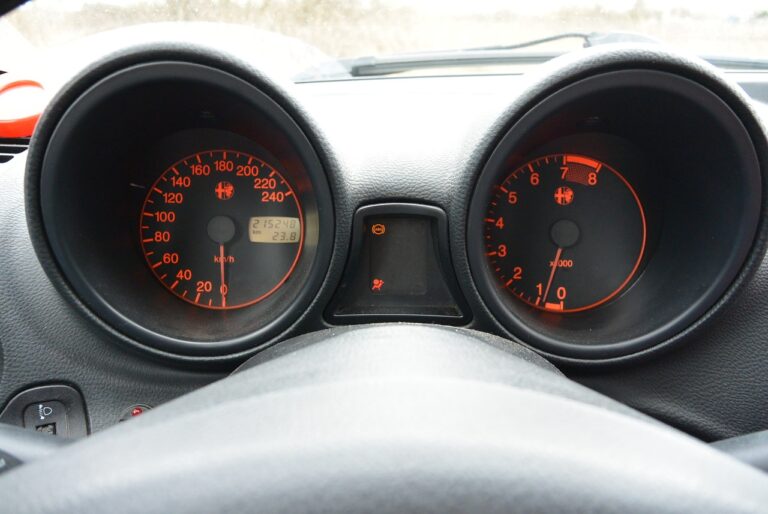The Role of Artificial Intelligence in Car Accident Prevention Systems
Artificial Intelligence (AI) has become a powerful tool in enhancing road safety by providing real-time insights and predictive analysis. With the use of AI technology, various factors such as driver behavior, road conditions, and potential risks can be monitored efficiently to prevent accidents and improve overall road safety.
One of the key advantages of AI in enhancing road safety is its ability to analyze vast amounts of data quickly and accurately. By leveraging AI algorithms, patterns in driver behavior can be identified, leading to the prediction of potential risks and allowing for proactive measures to be implemented to reduce accidents on the road.
AI provides real-time insights and predictive analysis
Monitors driver behavior, road conditions, and potential risks efficiently
Prevents accidents and improves overall road safety
Analyzes vast amounts of data quickly and accurately
Identifies patterns in driver behavior for predicting potential risks
Allows for proactive measures to reduce accidents on the road
How AI Technology Can Analyze Driver Behavior and Predict Potential Risks
As technology continues to advance, the integration of artificial intelligence (AI) in vehicles has become a game-changer in enhancing road safety. AI technology has the capability to analyze driver behavior in real-time, allowing for the prediction of potential risks on the road. By collecting and processing data from various sensors and cameras within a vehicle, AI algorithms can identify patterns in driver behavior that may lead to dangerous situations.
Through the analysis of factors such as speed, acceleration, braking patterns, and even driver distraction, AI can effectively predict potential risks and alert drivers or take corrective actions to prevent accidents. This proactive approach to road safety not only helps in preventing collisions but also assists in improving overall driving habits. By harnessing the power of AI to analyze driver behavior, we can significantly reduce the number of road accidents and create a safer environment for all road users.
The Role of AI in Real-time Monitoring of Traffic Conditions and Emergency Situations
Artificial Intelligence plays a crucial role in real-time monitoring of traffic conditions and emergency situations. By leveraging AI technology, traffic patterns can be analyzed quickly and accurately to provide up-to-date information to drivers and authorities. AI algorithms can process vast amounts of data from various sources such as traffic cameras, sensors, and GPS trackers to identify potential congestion points, accidents, or other road hazards.
Furthermore, AI can aid in predicting and preventing emergencies by detecting patterns in driver behavior that may indicate potential risks. With the ability to analyze vast datasets in real-time, AI algorithms can identify aggressive driving patterns, distracted driving behaviors, or signs of fatigue, allowing for timely intervention to prevent accidents. By incorporating AI technology into traffic monitoring systems, authorities can proactively address safety concerns and mitigate the risks posed by unpredictable road conditions.
How does artificial intelligence enhance road safety?
Artificial intelligence can analyze real-time traffic data to identify potential risks and alert drivers, as well as assist in predicting and preventing accidents.
Can AI technology analyze driver behavior?
Yes, AI technology can analyze driver behavior through various sensors and data inputs, helping to predict potential risks and improve overall road safety.
How does AI help in monitoring traffic conditions in real-time?
AI algorithms can process large amounts of data from traffic cameras, sensors, and other sources to provide real-time updates on traffic conditions, helping to improve traffic flow and reduce congestion.
What role does AI play in emergency situations on the road?
AI technology can quickly analyze data from various sources to detect emergency situations such as accidents or road closures, enabling faster response times from emergency services and improving overall safety on the road.






